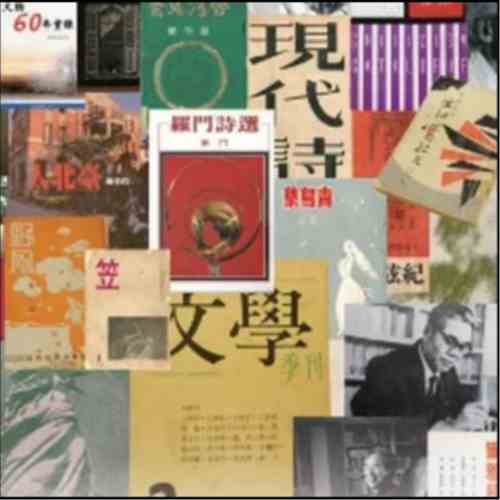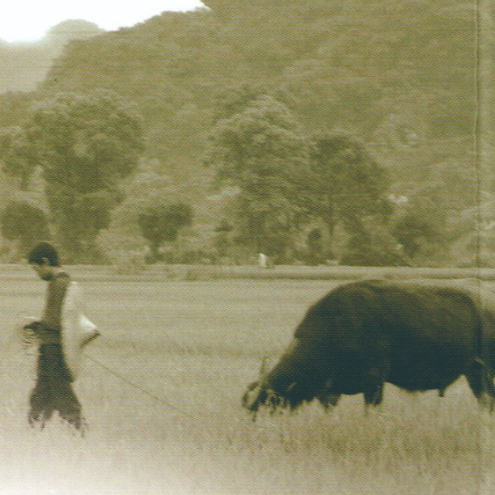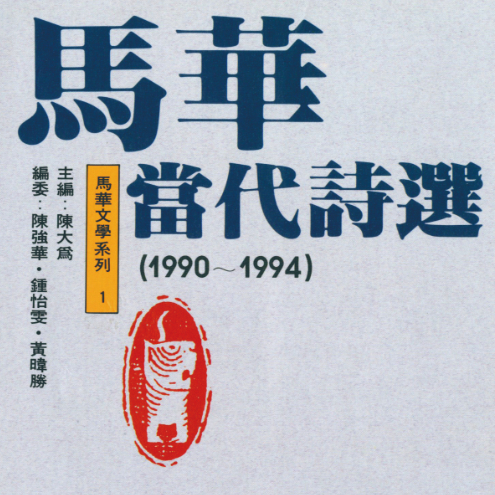If in the narrowest sense “literature” is a “written” art, then the first challenge “Indigenous literature” had to face was the fact that Taiwan’s indigenous peoples have historically not had a system of writing. Before their use of writing, the 14 Indigenous ethnic groups in Taiwan each had its own rich and unique language, its own habits and customs, mores and culture, and its own history. By means of “oral narration” and “music and ritual,” the songs of Indigenous people were the vehicle that embodied their cultural values, their collective memories, their knowledge of their environment, and their spiritual beliefs that were passed down from generation to generation.
.jpg)
Ed.,Sun Dachuan, Selected Works of Taiwan Indigenous Literature in Chinese, 7 volumes.
Following the 1980s a series of developments—a relaxation of the political environment, a well-developed subjective consciousness, and a general recognition of multicultural values—created favorable conditions for Indigenous people to get involved in the Taiwanese writing scene. After several decades of promotion, practice, and trial, gradually a new tradition of “Indigenous literature” was established, one that now entered academe as a research discipline. Indigenous people, who traditionally did not have a system of writing, used the Chinese language in the first person singular construction and for the first time vented feelings to mainstream society that had been imprisoned in the deepest recesses of their souls. This was the genesis of Taiwanese Indigenous literature, and it established the progressive social value of respect for ethnic diversity. At the same time, this indirectly prompted introspection and criticism related to the interpretation of “the other” in anthropology and sociology.
Currently, Indigenous literature is not defined by subject matter. Anything written by someone with Indigenous status, whether it deals with hunting in the mountains, living in urban areas or even fantasy literature, is included in the category of Indigenous literature. As for the writing itself, it is not “restricted” to any particular language or writing system. Writing in Chinese or in an Indigenous language using script are both ways of passing down contemporary Indigenous culture.
Contemporary Indigenous literature first started with the Indigenous movement’s publication Evergreen Mountains (高山青; 1983). Later, beginning in 1987, Morning Star Publishing launched an Indigenous writer series, greatly raising the visibility of Indigenous literature. The earliest writers to surface were Topas Tamapima, Walis Nokan, Yubas Naogih, Husluma Vava, Liglave A-wu, Auvini ‧ Kadresengan, and Syaman Rapongan.
In 1993 the Taiwan Indigenous Voice Bimonthly Co. was founded, creating a solid platform devoted to Indigenous literature. It published Taiwan Indigenous Voice Bimonthly (山海文化; ceasing publication in 2000 with a run of 26 issues) and still today continues to sponsor Indigenous literary awards and research activities, unflagging in its efforts aimed at encouraging and discovering numerous up-and-coming literary talent, such as Ahronglong Sakinu, Badai (Lin Erlang), Neqou Sokluman, and Salizan (Zhao Congyi). Today we live in the era of the rich harvest of Indigenous literature. INK Publishing company has published Selected Works of Taiwan Indigenous Literature in Chinese (臺灣原住民族漢語文學選集; 2003), Rye Field Publications has also launched a book series, and the Historical Outline of Taiwan Indigenous Literature (臺灣原住民族文學史綱; 2009) showcases the brilliant achievements of Indigenous literature as never before.
.jpg)
Topas Tamapima (Tian Yage), The Last Hunter.

.jpg)
.jpg)








